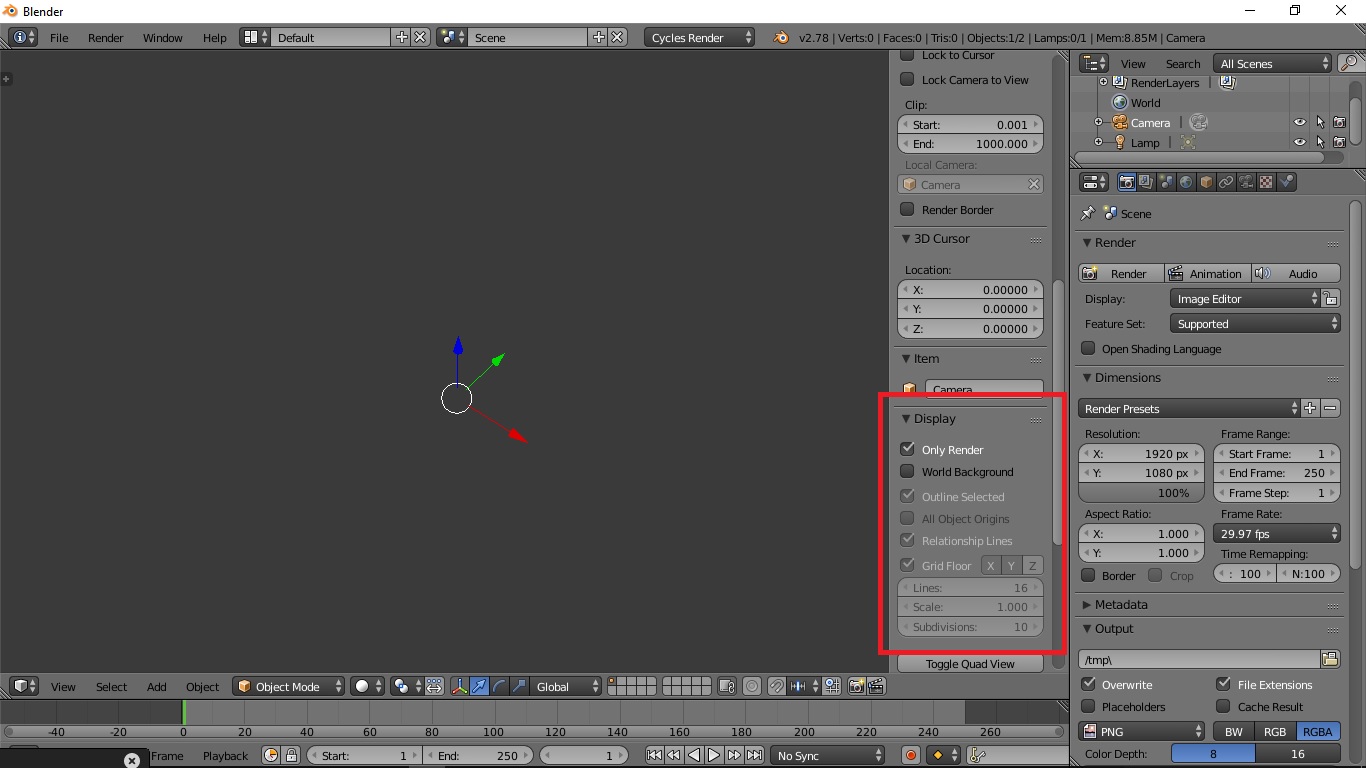

Test different combinations of materials until they look acceptable. Other materials are microscopically rough, and therefore do not reflect as much light, making them opaque.ġ4. In general, metals are naturally smooth and therefore their roughness value is small, making them very reflective (shiny). The closer to 0.000 the Roughness is, the more reflective (mirror-like) it will appear.įor non metals, like plastics, wood and textiles, set the Metallic slider all the way to 0.000, and adjust the value of Roughness to between 0.4 and 1.0. Adjust the value of Roughness to be between 0.2 and 0.7. For metallic parts, turn the Metallic property all the way to 1.000. Select each of the parts of the model, and adjust the respective Principled BSDF material node. Principled BSDF shader used in Blender to simulate a variety of materials ranging from shiny metals to rough and opaque solids.ġ3.2. This can be useful if you are importing objects into an existing scene where other objects are already in their right positions. This can be automated by a small script that just sets the rotation of each imported body to zero, with the exception of the objects inside the fixed_objs tuple.

Hit N to show the auxiliary panel select an object, go to the Transform section and set the Rotation to 0° in each field. When imported, objects may appear rotated around one of the axes, for example, 90 degrees around the X axis. If you wish, also adjust the size of the grid go to Overlays, then Guides, and set the Scale of the grid to 0.001. Hit N to show the auxiliary panel go to the View section and set the End to a large value, for example, 1E6 mm or 1000 m.Ħ.2. If you zoom out, and the view cuts the imported parts, you may have to adjust the view clip values. If you just want to render your scene quickly, you may omit any adjustment.Ħ.1. Note: changing the scale and units of the scene is only necessary if you wish to work with objects at their true dimensions. length_unit = 'MILLIMETERS' # or _settings.length_unit = 'METERS' bpy.


 0 kommentar(er)
0 kommentar(er)
